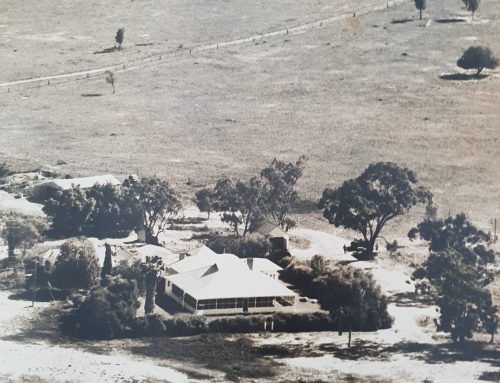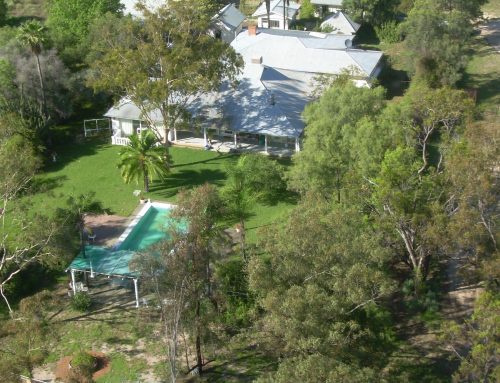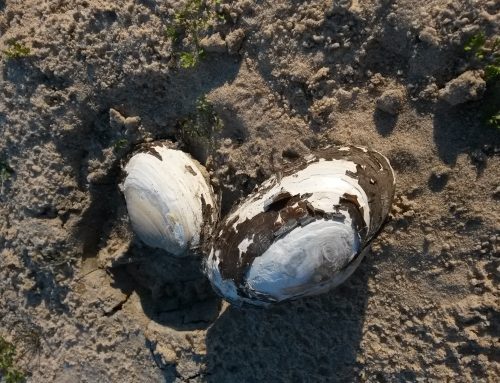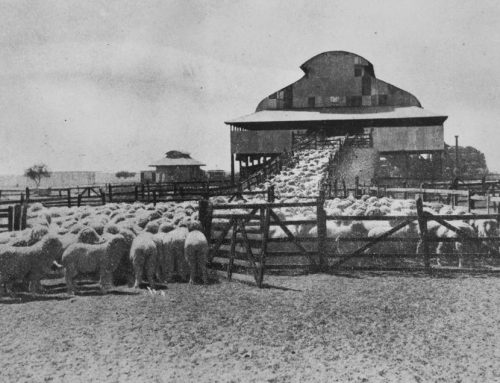Recently I attended a bank agribusness dinner. It was an interesting night with a good mix of people, good food and wine. As I looked around the room I noticed a mix of age groups with a good 50% of the guests involved in mixed agricultural businesses, the rest were cotton growers, ginners and commercial clients. It was with some surprise then that the main address of the evening was purely about cotton and there was an audible mumble from a number of tables at the conclusion of the brief speeches. Finding myself placed next to one of the ‘head honchos’ I asked why the night was so skewed towards cotton, considering the mixed agribusinesses represented. I was politely informed that most of the people in the room were only interested in cotton, and it was hinted that I would be disinterested if I wasn’t involved in the industry. I am , or at least David is and having explained my farming interests I discovered that once again I had struck a finance person stuck on their ‘message’. This night it was all about cotton. Historically cotton prices have been at their highest, water availability is excellent and yields have been positive and with this institutions particular exposure to ‘ginners’ one doesn’t doubt their enthusiasm towards a big cotton year after so many years of drought. So call me antagonistic however having driven 115 kilometres for the event I politely mentioned that with the current world conversation about food security – protein; surely it was an good opportunity to mention future trends etc for sheep meat, beef or wheat for that matter. My dining companion had little to say for the rest of the evening. It left me pondering the fact that an excellent opportunity for this particular institution to discuss both food and fibre, particularly as they had a road show with a cast numbering in two figures, had been wasted. Great dinner however!
It’s been said that cotton doesn’t bring much money into districts such as Moree and Goondiwindi. Any retailer will tell you it’s the big dryland crop years and a hike in beef prices which see these two towns bursting with prosperity and it’s equally true that beef, sheep and what dryland farming was possible during the drought kept this local economy running-just. I’ve been told by two Moree residents that around 3000 people left Moree during the drought and that approximately 27 businesses closed down. Mungindi became a shadow of its former self and Goondiwindi slowed to a crawl. I’m not trying to ring the grazier bell however with 50% of economists currently touting a future trend of some fibre growers turning eventually to food production it seems logical to try and service all your clients interests. Interested to hear everyone’s comments.






Leave A Comment